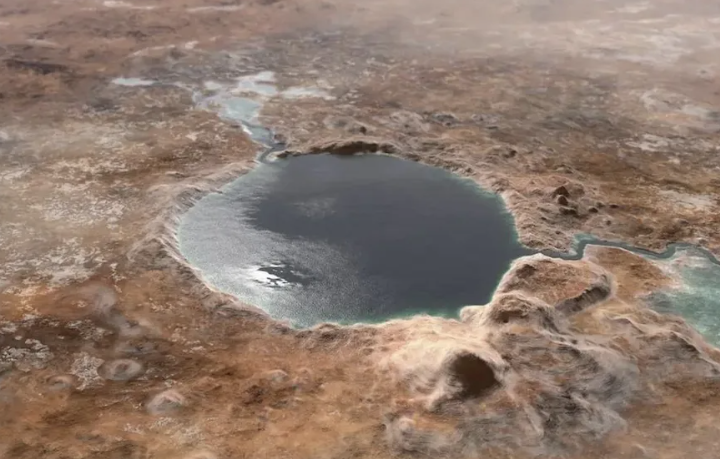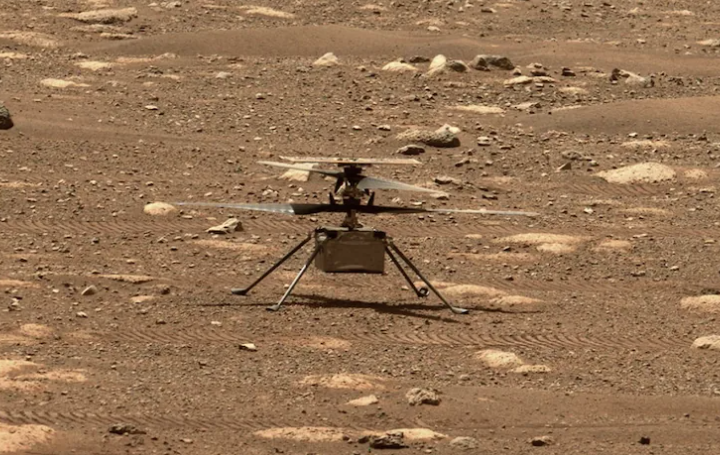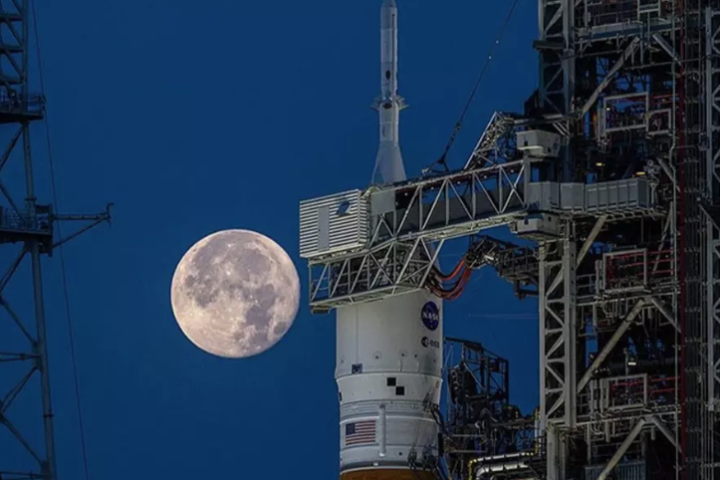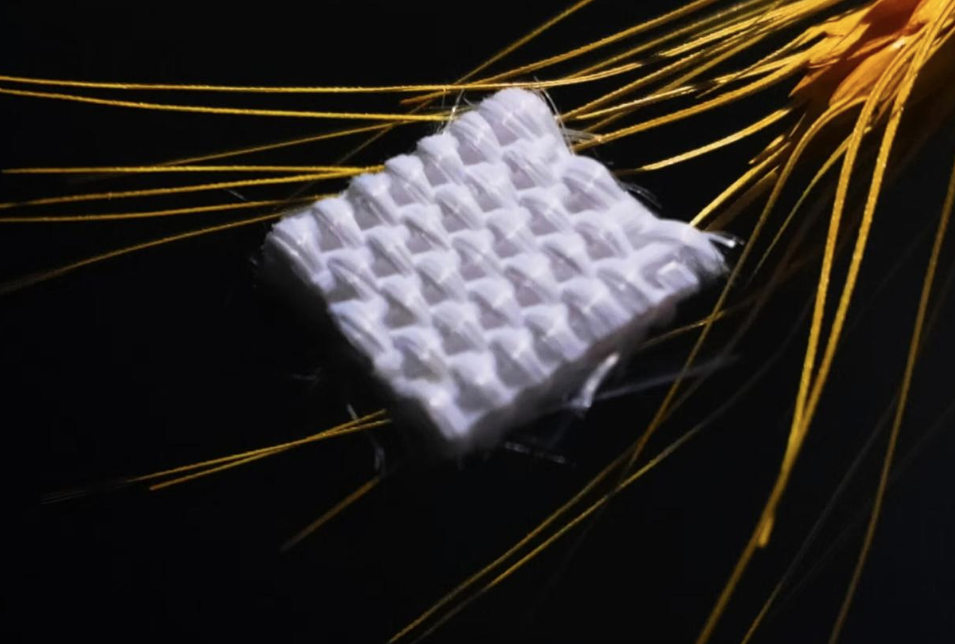Perseverance’s efforts are insufficient, new research shows
NASA officials have announced that it may be necessary to dig beneath the surface to detect possible signs of life on Mars.
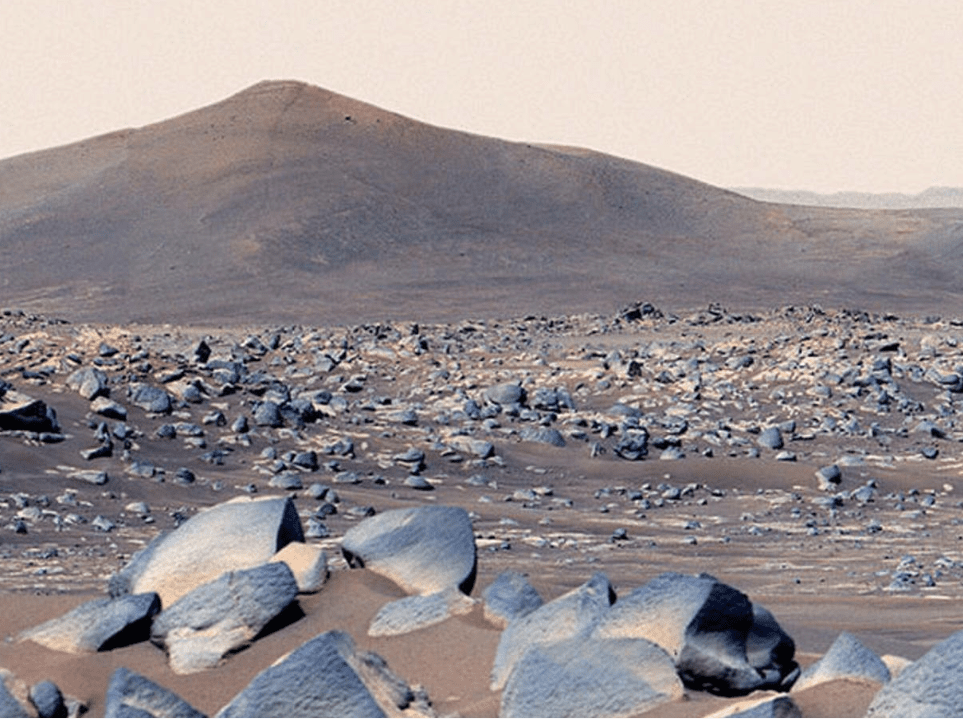
A team led by Alexander Pavlov at the space agency’s Goddard Space Flight Center found that amino acids in the top 10 centimeters of the Martian surface have been destroyed, most likely by cosmic rays.
The team’s findings mean that at least two meters of the Red Planet’s soil would have to be excavated to find the ancient life forms that have survived on Mars to date.
- A mummy of a baby mammoth found in almost perfect condition in Canada
- Stunning claim for hydrogen and helium-rich exoplanets
This means that spacecraft that have collected samples on the Red Planet so far may not be able to detect life.
This is because the drilling tools of NASA’s Perseverance spacecraft, which is tasked with collecting samples, can only go a few inches below the Martian surface.
The authors of the study, published in the peer-reviewed scientific journal Astrobiology, said, “Mars can be exposed to cosmic rays that can penetrate several meters deep. This means that those layers will deteriorate.”
“Our experimental findings show that there are serious challenges in searching for ancient amino acids and other potential organic biological traces at the top of the Martian surface.
Earth has a sufficiently dense atmosphere and magnetic field to protect its surface from radioactive particles and radiation from the Sun and other cosmic objects.
But scientists know that Mars lost its atmosphere and magnetic field when it was still in its infancy. This leaves the planet’s surface vulnerable to the damaging effects of space weather events.
The new research by Pavlov and his colleagues shows that two compounds common on Mars – silicates and perchlorates – exacerbate and accelerate the degradation of amino acids essential for life more than previously thought.
This not only makes it impossible for life forms to survive, but also poses a major obstacle to the preservation of fossils of extinct creatures.
Pavlov said, “Current Mars rovers are digging down to about 5 centimeters. It would take only 20 million years to completely destroy amino acids at these depths.”
The addition of perchlorates and water further increases the rate of amino acid destruction.
According to the researchers, 20 million years is a relatively short time to search for life because spacecraft are looking for evidence of ancient life forms that existed billions of years ago, when Mars was more like Earth.
But this research does not mean that evidence of possible life on Mars will never be found.
It may still be possible for Perseverance and other spacecraft to find fossils in the relatively deep craters created by meteorite impacts.

